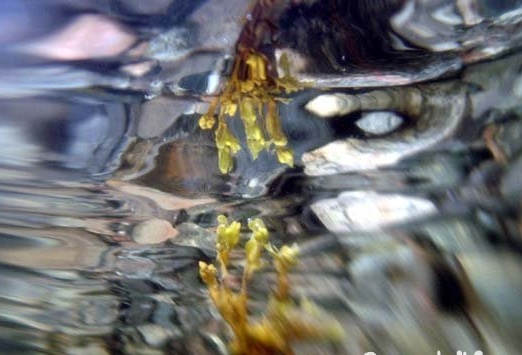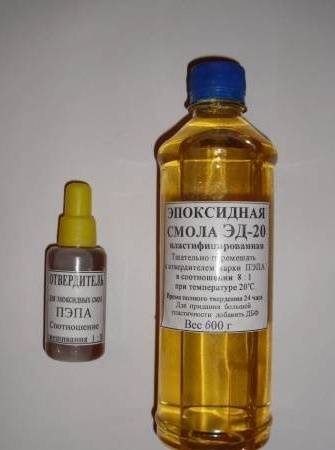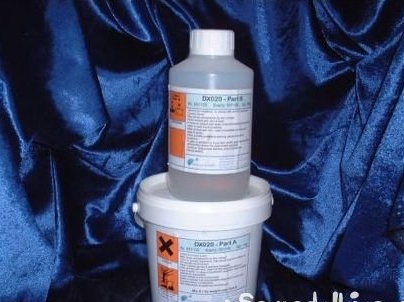
For the manufacture of various templates and blanks do it yourself epoxy is often used as the main material. What this is and “what it is eaten with” this article will tell.
Of course, epoxy can not be used in food in any case. But she has many other useful properties that can be used in the manufacture crafts do it yourself.
Epoxy resin - material for homemade products and crafts

Epoxy resin consists of two components: the resin itself and the hardener. When they are mixed, the material solidifies and polymerizes. Hardener is a significant part in the entire working mixture. For example, the resin / hardener ratio may be 1: 1 or 4: 1, depending on the type of resin. It must be said that epoxy resin was first obtained in 1936 in France by the chemist Castan.
Epoxy resins and their derivatives are widely used in various industries: construction roads (marking strips, decorative and facing functions), shipbuilding (ship's propellers and blades), electronics (electrical insulating products), as well as engineering, aircraft manufacturing and many others. To use epoxy resin as a material for the manufacture of crafts, it is necessary, by changing the combination of hardeners and resins, to choose the composition that is most suitable for you. Given that different compositions have different properties.

Epoxy resins have high strength (much higher than that of the adhesive), they are better resistant to wear, and their ability to take the given shape during polymerization, even at low temperatures, is widely used not only in production but also in home conditions. For example, using this property, you can make buttons, medals, key chains or other products. You can also read about such crafts on our website.. However, epoxy resins also have disadvantages: the slow hardening speed and the complexity of processing the workpiece.
In order to fill small parts, the epoxy resin is heated to 20-30C degrees, and then a hardener is added to it.While the epoxy has not polymerized (solidified), it has the properties of a liquid. This must be taken into account when placing it in various forms.
